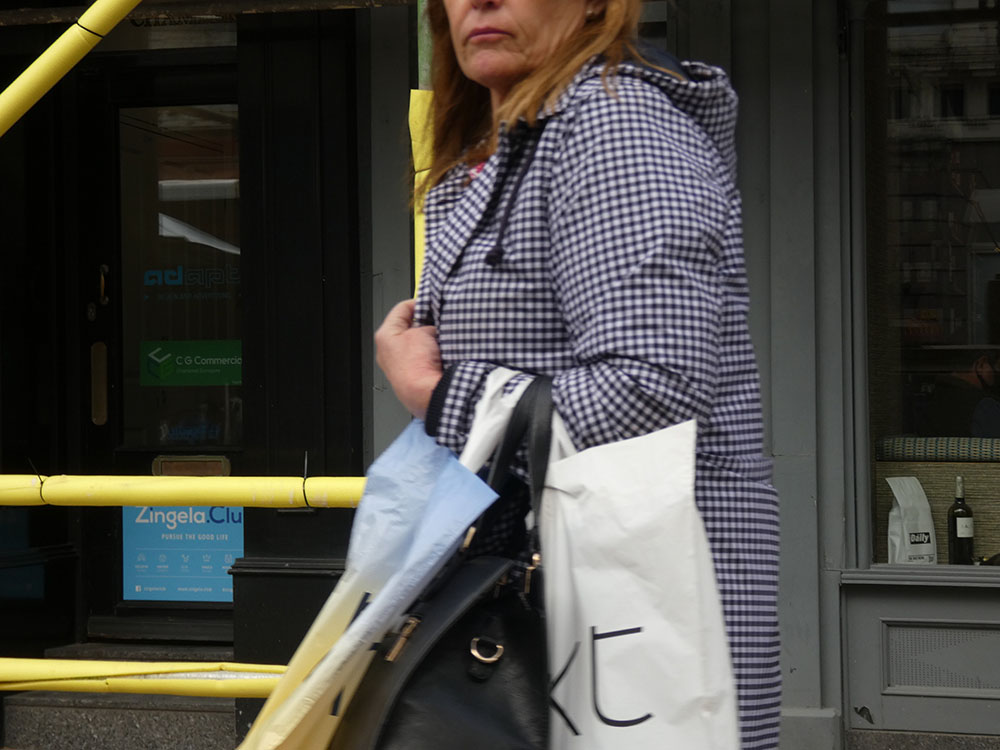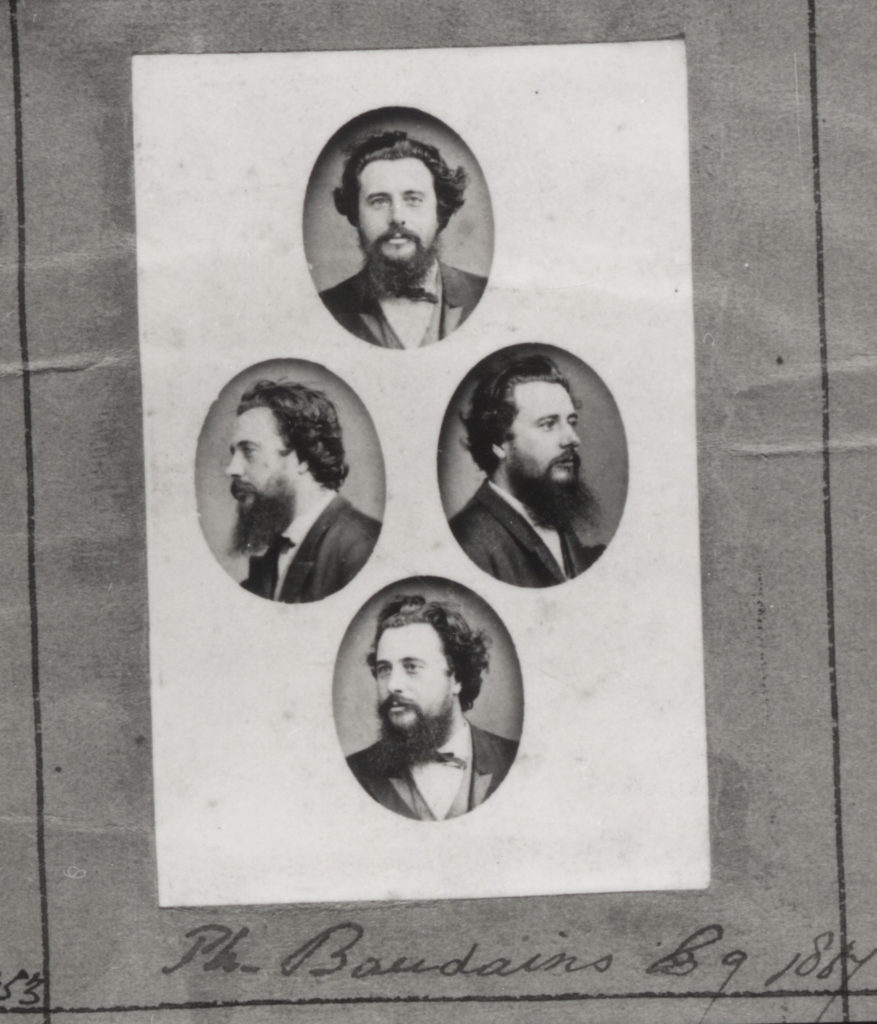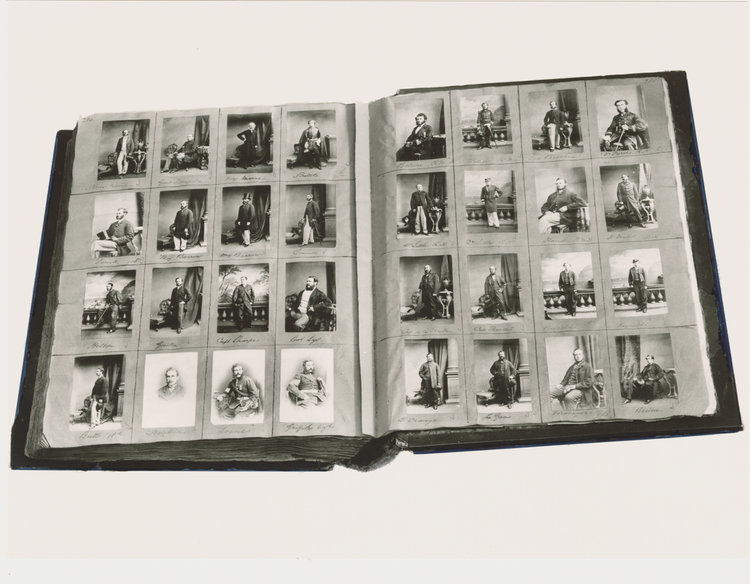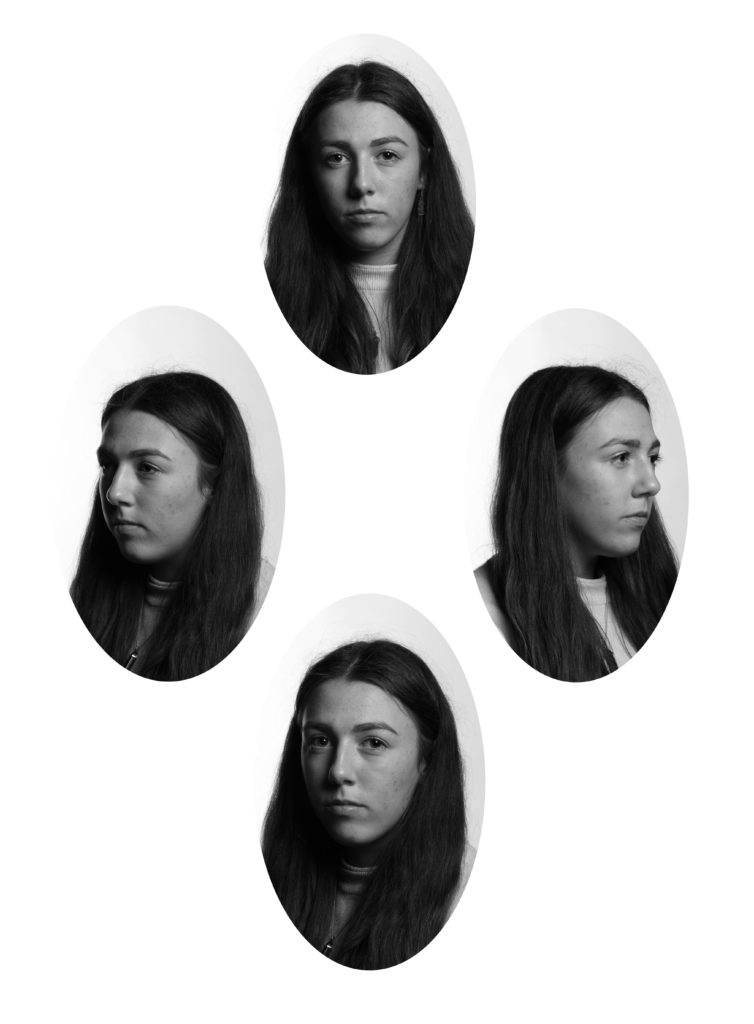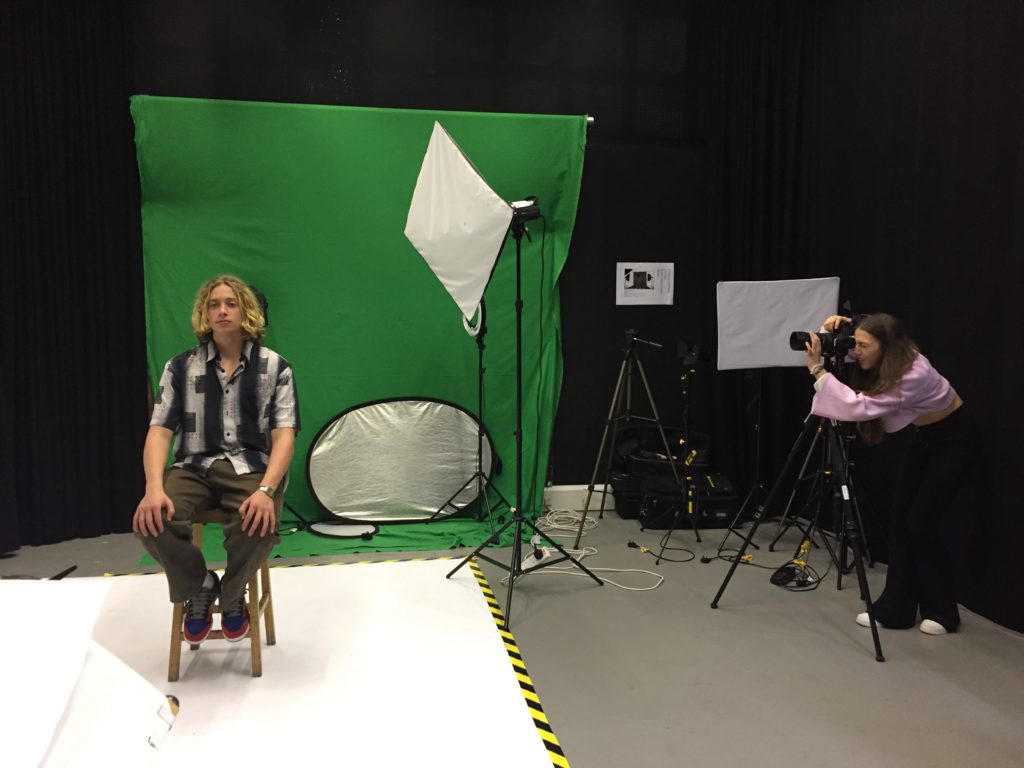
The first portrait image was taken by photography pioneer, Robert Cornelius, in 1839. The method of daguerreotype, used in the 1840’s and 1850’s, made portrait photography popular because of its relatively low cost and reduced sitting time for the subject, which lead to the rise in popularity of portrait photography. Portraiture aims to capture the personality of a person or group through creative methods such as lighting and backdrops. There is essentially four approaches in terms of portraiture, these include constructionist, environmental, candid and creative. These styles have been developed over time for different purposes, for example, technical, artistic or cultural.

Environmental Portraits

An environmental portrait depicts the subject in a location associated with who they are. These photos could be taken in the subjects place of work, rest or play. The subject will often engage with the camera with a neutral pose or facial expression, with the photographers aim of portraying features such as their gender, class or lifestyle.

Analysis of an environmental portrait

Arnold Newman captured this environmental portrait of an American photojournalist, named Eugene Smith, in 1977. It provides the viewer with a deeper knowledge of Smith’s chaotic life, and the profession of a journalist in general.
This photograph is lit with a harsher, artificial light. This provides harsh shadows and bolder highlights. This lighting creates an extreme juxtaposition between the light and dark areas, with the lightest areas being the white sheets of paper and the darkest areas being Eugene Smith’s all-black outfit in the foreground and various black boxes in the background.
The lines in the image contrast against one another as the photo combines both curved and geometrical lines. There is no specific pattern using lines throughout the composition, however geometrical shapes such as squares and cubes are used.
There is no form of repetition used in the image as the background consists of pure chaos and pandemonium. The contrasting shapes and tones sit behind Eugene Smith, who wears an all-black outfit to provide some sort of uniformity to the image. Additionally, there is no use of echo or reflection in the image. However it can be argues that a repetition of geometric shapes can be seen in the photograph.
There is a wide depth of field in this image which provides a strong sense of depth. This allows for the viewer to focus on both the background and foreground. The wide depth means that the background can be easily seen which is essential for an environmental portrait. The strong sense of depth also allows every object in the background has a clear shape, which adds to the pandemonium of the image as a whole.
The majority of the shapes in the image are straight-edged geometric shapes. For example, there is a repeated pattern of squared shapes within the photo, these can be seen in the sheets of paper around the room and the Polaroid pictures on the back wall.
It is hard to tell the texture of the image as a multitude of surfaces are represented. For example, the soft texture of the sofa Smith is sitting on is contrasted with the sharp texture of the paper edges scattered around the room.
The constant contrast in the tones of the image create almost a stressful atmosphere to the image as the lack of uniformity from dark to light creates a disorganized look. I feel as though the image tends towards darkness as the larger shapes of the image are made of darker tones.
The monochromatic filter of the image allows for the contrasting tones to be further highlighted through shadow and light. I think this image was taken in black and white to give some form of tranquility amongst the chaos the photograph. If the image was in colour, the viewer may get distracted by too many aspects of the image and therefore lose interest.
The composition of the image is unorganized and unbalanced. There seems to be no use of technical organisation in the photograph as the various objects are randomly scattered around the room to represent the messy life of Eugene Smith. This means there is a lack of rule of thirds, which makes it difficult to understand the composition of the image.






